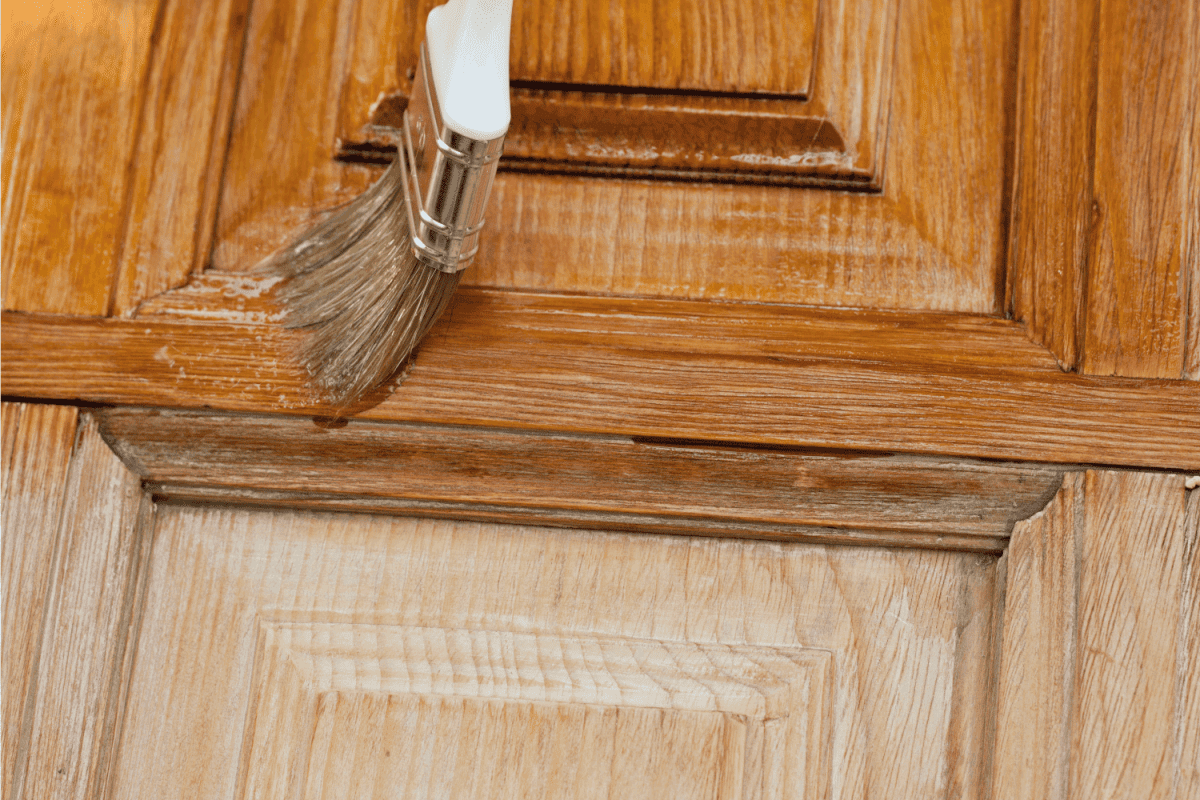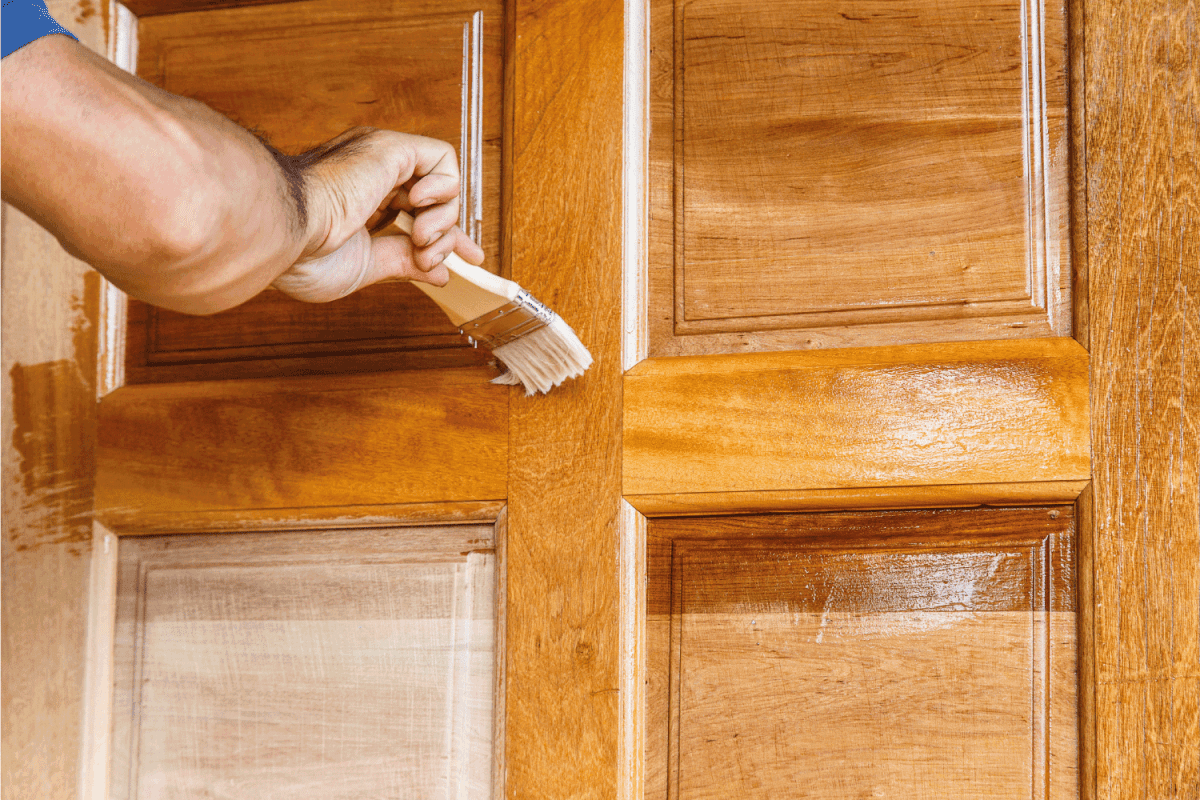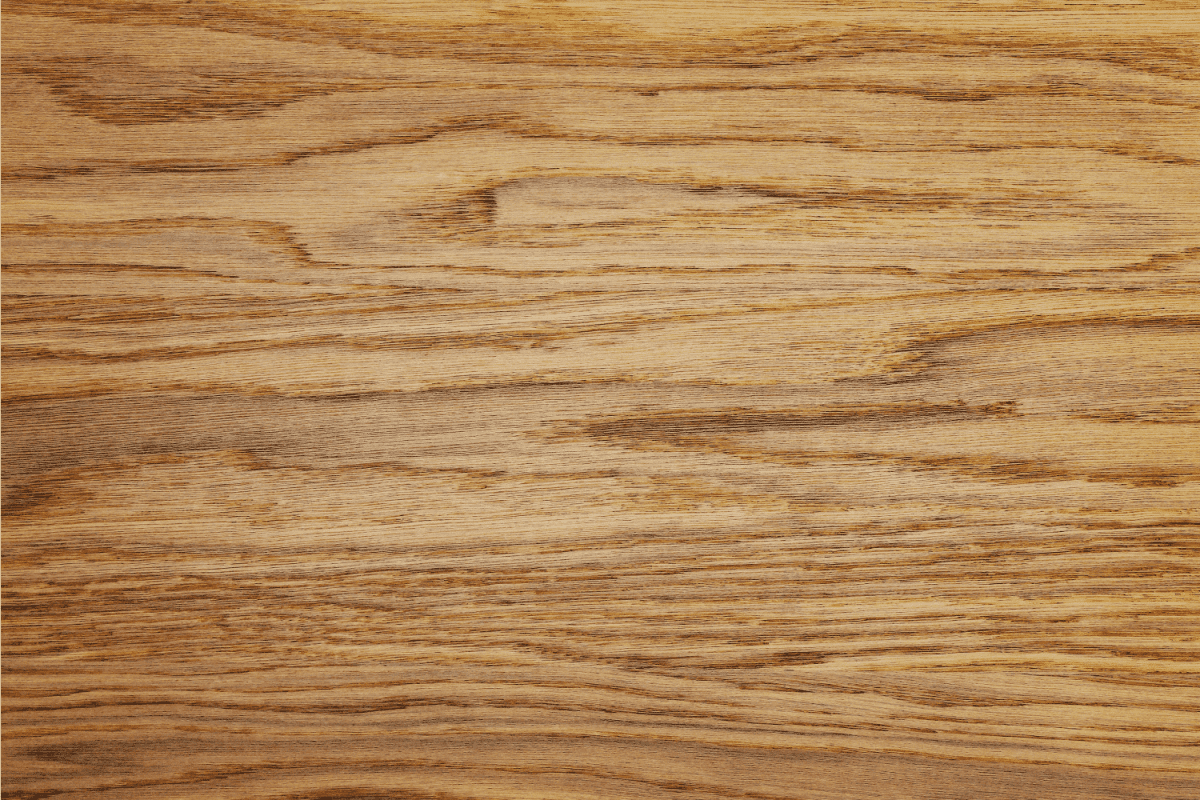An oak veneer door is different from a solid oak doorway. Thin yet decorative slices make up the oak veneer door as opposed to one slab. Therefore, it can be tricky if you don’t know how to stain this type of entryway. So how can you go about finishing an oak veneer door? Also, what product should you use for this project? We researched for you and here’s what we found.
The finish you choose for your oak veneer door may depend on your preferences and the project’s demands. Still, some wood finishes are likely to excel in providing more benefits than other options. Some of these choices are:
- Osmo Polyx Oil
- Ronseal Diamond Hard Interior Varnish
- Manns Premier Door Oil
Take note that using reliable wood stains and finishes is only one part of experiencing satisfying results for certain woodworking projects. You should also know how to apply these products to avoid making mistakes, such as splitting and swelling of the wood. Keep reading as we talk about these products in detail. We’ll also discuss the steps to stain a veneer door properly in this post.
![hand painting wood boards with brush. What To Finish Oak Veneer Doors With [3 Best Finishes]](https://doordodo.com/wp-content/uploads/2021/11/hand-painting-wood-boards-with-brush.-What-To-Finish-Oak-Veneer-Doors-With-3-Best-Finishes-683x1024.png)
What Is The Best Finish For Oak Veneer Doors?
Different products are available to finish oak veneer doors. People in the DIY woodworking community suggest the following products to protect doorways made of oak veneer:

1. Osmo Polyx Oil
This product offers excellent protection to oak veneer and other wooden materials used for doors. It enhances the durability of the wood, making it resistant to cracking, flaking, and peeling.
This product also bonds molecularly with wood fibers, promoting extra protection against dirt and water. Homeowners can also choose between different variants, including matte and glossy finishes.
Check out this product on Amazon.
2. Ronseal Diamond Hard Interior Varnish
Interested buyers may have some difficulty locating this product for it might not be readily available in the US market. However, if you can get a hold of this wood finish, you can take advantage of its quick-drying properties. Expect this product to dry in about 20 minutes after application.
3. Manns Premier Door Oil
Like Ronseal's product, individuals who wish to purchase this particular wood finish by Manns might have some difficulty finding it -we'd recommend going straight to the source. However, using it can provide certain benefits, such as protecting oak veneers from knocks, stains, and finger marks.
What Finish To Use On Interior Doors?
Misuse of wood finishes can result in disastrous results, which can even lead to permanent damages to doors. Interested buyers can consult the Architectural Woodwork Standards (AWS) for the recommended minimum caliber for wood finishing agents.
According to the AWS, if you’re looking for a wood finish for interior doorways, you need to define your selections and the current woodworking job’s requirements. Some of the things to think about are:
- Transparent finishes: These wood finishes help preserve the appearance and layout of interior doors.
- Opaque finishes: Often alters the shade of the wood. Buyers can choose from different options, including medium density overlay and close grain hardwood finishes.
- High-pressure decorative laminates (HPDL): Wood finishes under this classification are often usable for relatively any doorway.

How To Stain An Oak Veneer Door?
Staining an oak veneer door generally follows the same finishing process as other doorway materials. Therefore, the process may not require extensive woodworking knowledge. Follow the guide below to know the things required and steps to follow for this project:
What You’ll Need
- 100-grit sandpaper
- Trisodium phosphate (TSP)
- Brush, cloth, or rag
- Wood stain of your choice
Step-by-Step Guide
- Start by sanding the oak veneer door with 100-grit sandpaper.
- Remove loose dirt and grease with TSP.
- Dip a brush, cloth, or rag into your preferred stain.
- Lightly coat the oak veneer material.
- Let the stain sit for about a minute or two.
- If you need extra coats, make sure to sand the door’s surface before reapplying the stain.
- Once dry, wipe the excess stain with a clean cloth or rag.
You can proceed to finish the oak veneer door after staining it. But take note that you should fix all imperfections on the material before starting.
For instance, seal cracks or holes in the doorway, or else you're going to run into extra challenges for the project. Read this post to know how to seal a hole in an oak door: "How To Fix A Hole In An Oak Door?"
Alternatively, you can watch this video to help you repair fairly small defects in oak surfaces:
Can You Stain Veneer Without Sanding?
You can stain veneer without buffing or sanding the surface first. It's because the veneer is already reasonably thin, making rough sanding with low grit sandpaper or power sander not ideal in certain scenarios. But make sure that you take care of some essentials before applying the stain. Some important matters to address are:

- The surface needs to be smooth. It's not ideal to stain the wood if imperfections like bumps, cracks, or gaps exist on the material.
- Keep an eye on the amount of stain used. Flooding the wood with a significant amount of liquid can reduce the stickiness of the adhesive between sheets.
- Use all-in-one stain and seal products. These options can help save you time and effort in giving the wooden a protective surface, even without sanding.
Check out this wood seal and stain on Amazon.
Can You Use Osmo Oil On Oak Veneer Doors?
Many woodworkers, regardless of skill level, are often fond of using Osmo Oil on oak veneer doors and other wooden surfaces. The brand is known to use purified and refined ingredients from organic sources to develop its products. These elements include linseed, sunflower, and thistle oils, making the oil fairly safe to use with animals, plants, and other humans nearby.
Users should also check with the door’s manufacturer first before using Osmo oil on their oak veneer doors. It’s because using this product on exterior veneer doors might not supply desirable outcomes, particularly if you’re looking for a clear or natural finish.
You can also watch the video below to know more about Osmo Door Oil before you finalize your purchasing decision:
Do Oak Veneer Doors Swell?
Unfinished oak veneer doors can swell. However, some manufacturers develop variants that come pre-finished before entering markets.
Buyers who purchase these selections may not need to go through applying extra stains and finishes to prevent the wood from swelling. Moreover, certain pre-finished oak veneer doors may also be quite durable against other hazards like shrinking, splitting, and warping.
![impregnation of boards with a special protective composition to prevent damage. What To Finish Oak Veneer Doors With [3 Best Finishes]](https://doordodo.com/wp-content/uploads/2021/11/impregnation-of-boards-with-a-special-protective-composition-to-prevent-damage.-What-To-Finish-Oak-Veneer-Doors-With-3-Best-Finishes.png)
Final Words
Woodworkers can choose from different products to finish their oak veneer doors. Some reliable selections are the Osmo Polyx Oil, Ronseal Interior Varnish, and Manns Premier Door Oil. But keep in mind that some of these products might not be readily available at your local hardware store.
Also, using a good wood finishing agent might not be enough to give you promising results for your oak veneer door. You should also know how to apply the product properly. Moreover, take the time in checking if you’re about to purchase the correct finish to avoid costly mistakes.
You can also read the following posts for more guides about oak doors:





